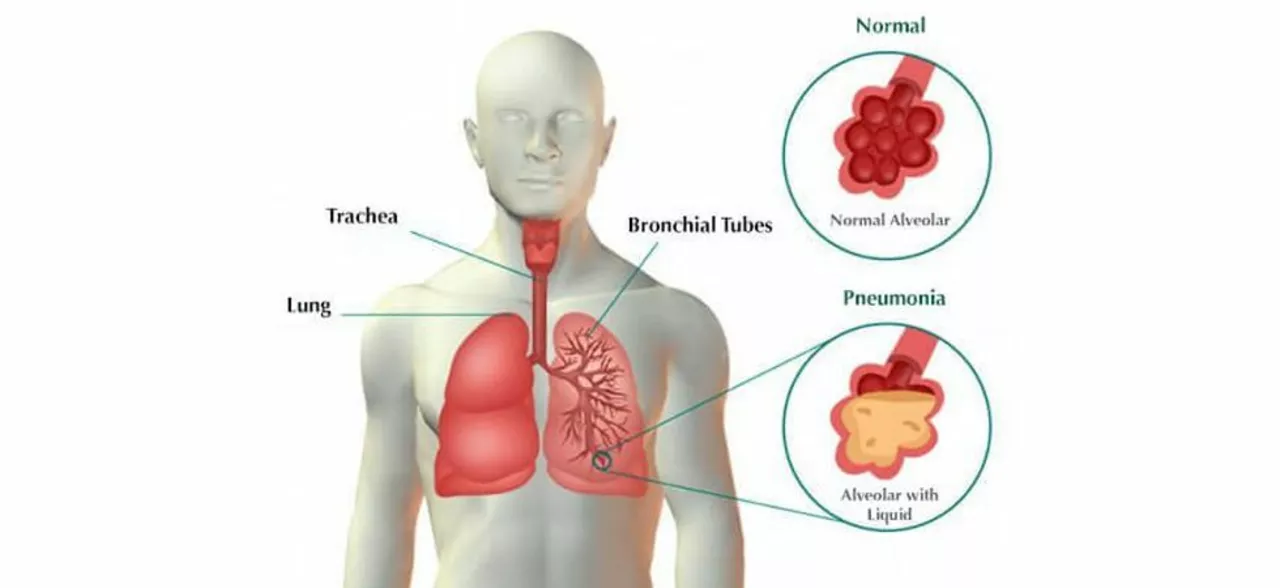If you take any prescription or over‑the‑counter drug, chances are you’ve heard the word "complication" before. It usually means something went wrong – a side effect, an interaction, or a long‑term issue that pops up later. Knowing what can happen and how to spot it saves you from unnecessary trips to the doctor.
Most meds have at least one common side effect. Think of nausea with antibiotics, drowsiness with antihistamines, or dry mouth from many antidepressants. These are usually mild and go away on their own, but they can still be annoying.
More serious complications include allergic reactions (rash, swelling, trouble breathing), heart rhythm changes, or liver problems. If a drug you’re taking is known for these issues – like certain antibiotics that affect the liver – keep an eye on any unusual symptoms and call your doctor right away.
The first step is reading the label and the short description we give for each medication. Look for warnings about other drugs, foods, or health conditions that might cause trouble. For example, mixing Modafinil with certain antidepressants can raise the risk of anxiety.
If you start a new prescription, set a reminder to check in after a few days. Note any changes – even small ones like a headache or extra tiredness. Write them down and compare them to the common side effects we list for that drug.
Never skip your doctor’s advice about lab tests. Some meds need blood work every few months to catch hidden complications early, such as kidney issues from long‑term pain relievers.
If you’re buying online, make sure the pharmacy is verified and asks for a prescription. Unverified sources often sell counterfeit drugs that can cause unexpected complications.
When in doubt, call your pharmacist or doctor. A quick question about a new symptom can prevent a bigger problem later.
Bottom line: complications are part of taking any drug, but they’re usually manageable if you stay alert and communicate with your healthcare team. Keep this guide handy, check the info on each medication, and you’ll reduce the risk of nasty surprises.

As a blogger, I want to share some important information about pneumonia and diabetes. Pneumonia is a serious infection that affects the lungs, and people with diabetes have a higher risk of developing it due to their weakened immune systems. It's crucial for diabetics to be aware of the symptoms, such as coughing, fever, and difficulty breathing, and seek medical attention promptly if they suspect pneumonia. Moreover, maintaining good blood sugar control and getting vaccinated for pneumonia can help prevent this dangerous infection. So, let's stay informed and take the necessary precautions to safeguard our health.
Traveling with lupus, whether it’s discoid or systemic, requires thoughtful preparation to ensure safety and comfort. By understanding how to manage symptoms and potential triggers, individuals can enjoy their journeys with less worry. This guide provides key tips for planning trips, managing medications, and staying healthy on the road. Knowing your limits and preparing for unexpected situations can make traveling with lupus a more pleasant experience. With the right strategies, those with lupus can embrace the explorative spirit while staying safe.
This article explores how well pyridostigmine bromide works for people with myasthenia gravis over long periods. It covers how the medication helps with daily symptoms, its long-term side effects, and what patients can expect from ongoing use. You'll get practical advice on managing the medication, what to watch out for, and how to talk to your doctor about adjusting doses. The article also looks at what recent research says about the safety of using pyridostigmine for years. It's straightforward, direct, and focused on helping patients and caregivers make informed decisions.
Cuba's healthcare system is amidst a critical shortage of essential medicines, pushing citizens towards the black market. This crisis highlights the struggle of families like Lili's, the irony of empty pharmacies yet abundant private vendors, and the government's efforts to address the complex issue.
Stocking up on parasite meds? Stromectol isn’t your only option. This article lays out nine different alternatives, diving into what makes each one stand out, where they fit in, and some side-by-side tips. Find out who benefits from which drug and what risks to watch for so you can talk to your doc with confidence.
SGLT2 inhibitors like Jardiance and Farxiga lower blood sugar while protecting the heart and kidneys. Learn how they work, who benefits most, and what side effects to watch for.